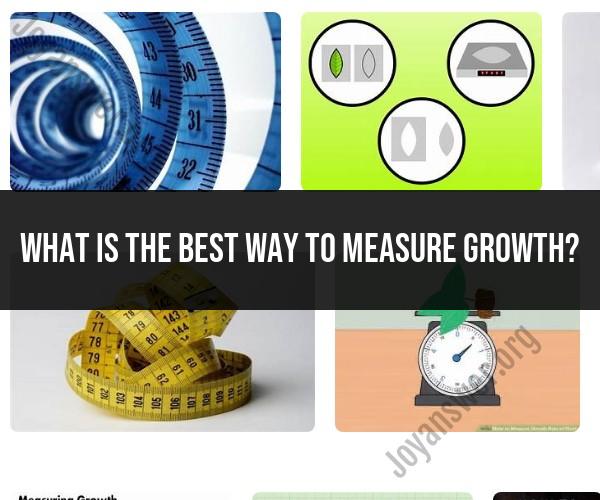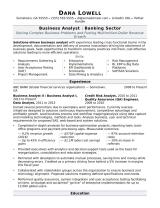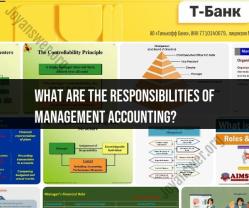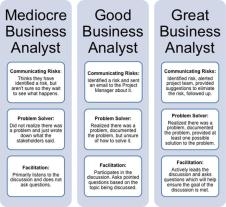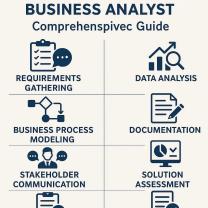What is the best way to measure growth?
Measuring growth effectively requires a combination of strategies and indicators that align with your specific goals, whether they relate to personal development, business success, or economic progress. The best way to measure growth depends on the context and objectives, but here are some common strategies and indicators to consider:
Key Performance Indicators (KPIs):
- In business, KPIs are essential for measuring growth. Identify and track the specific metrics that matter most to your organization. Common KPIs include revenue, profit margins, customer acquisition cost, customer retention rate, and more.
SMART Goals:
- Establish SMART (Specific, Measurable, Achievable, Relevant, Time-bound) goals. This framework ensures that your goals are well-defined, quantifiable, attainable, aligned with your objectives, and have a set timeframe for achievement.
Financial Metrics:
- Financial indicators like Return on Investment (ROI), Net Profit, Gross Margin, and Earnings Before Interest and Taxes (EBIT) provide insights into the financial health and growth of a business.
Customer Satisfaction and Loyalty:
- Measuring customer satisfaction and loyalty through surveys, Net Promoter Score (NPS), or Customer Satisfaction (CSAT) can help gauge the growth potential of a business. Happy customers are more likely to continue doing business and refer others.
Employee Engagement and Productivity:
- For organizations, the engagement and productivity of employees are critical indicators of growth. High employee satisfaction and commitment often lead to improved performance, innovation, and growth.
Market Share:
- Monitoring your market share helps assess your position in the industry. Growing market share can be a sign of business expansion and increased influence.
User and Customer Growth:
- For tech companies, startups, or subscription-based services, measuring the number of users or customers is a key indicator of growth.
Quality Metrics:
- Don't just focus on quantity; assess the quality of your products or services. This can include product reliability, service responsiveness, and customer feedback on quality.
Website and Social Media Metrics:
- Online businesses can use website traffic, user engagement, conversion rates, and social media metrics (likes, shares, comments) to gauge digital growth.
Personal Development Metrics:
- In personal growth, self-assessment and goal tracking are valuable indicators. You might measure personal growth by assessing knowledge acquired, skills developed, and progress in areas such as health, fitness, or relationships.
Economic Growth Indicators:
- For measuring the economic growth of a country or region, commonly used indicators include Gross Domestic Product (GDP), employment rates, inflation rates, and trade balances.
Environmental and Social Impact:
- In sustainable growth, environmental and social impact indicators, such as carbon footprint reduction, sustainable resource usage, and community engagement, are increasingly important.
Innovation and Research & Development (R&D) Metrics:
- Tracking the investment in and outcomes of innovation and R&D can measure the potential for future growth.
Competitive Analysis:
- Assess the growth of competitors in your industry to benchmark your performance and identify areas for improvement.
Long-Term Vision and Strategy:
- Don't focus solely on short-term growth. Consider your long-term vision and strategy and establish indicators that align with your vision.
Ultimately, the best way to measure growth is context-dependent. It's important to use a combination of indicators that reflect your specific objectives and adapt your measurement strategies as goals evolve. Regularly reviewing and analyzing these indicators can help you make informed decisions to foster growth.
The Best Metrics and Key Performance Indicators (KPIs) for Measuring Growth
The best metrics and KPIs for measuring growth will vary depending on the specific business and its industry. However, some common metrics that many businesses use include:
- Revenue growth: This is the most common metric for measuring business growth, and it is calculated by comparing the current period's revenue to the revenue from the previous period.
- Customer growth: This metric measures the increase in the number of customers over time. It can be calculated by comparing the number of active customers at the end of a period to the number of active customers at the beginning of the period.
- Market share growth: This metric measures the increase in a company's market share over time. It is calculated by comparing the company's sales to the total sales in the market.
- Product or service adoption: This metric measures how many people are using a company's products or services. It can be calculated by tracking the number of downloads, sign-ups, or active users.
- Employee engagement and productivity: These metrics can be used to measure the growth of a company's workforce and its ability to produce results. Employee engagement can be measured by surveys, while productivity can be measured by tracking metrics such as output per employee or customer satisfaction.
Tracking Customer Acquisition and Retention
Customer acquisition and retention are two of the most important factors in business growth. Customer acquisition is the process of attracting new customers, while customer retention is the process of keeping existing customers.
There are a number of different metrics that can be used to track customer acquisition and retention. Some common metrics include:
- Customer acquisition cost (CAC): This metric measures the average cost of acquiring a new customer. It is calculated by dividing the total cost of sales and marketing by the number of new customers acquired.
- Lifetime value (LTV): This metric measures the average revenue that a company can expect to generate from a customer over the course of their relationship with the company. It is calculated by multiplying the average customer value (ARPU) by the average customer lifespan.
- Customer churn rate: This metric measures the percentage of customers that cancel their subscriptions or stop using a product or service over a period of time. It is calculated by dividing the number of customers who churned in a period by the number of customers at the beginning of the period.
Financial Metrics for Business Growth Assessment
Financial metrics can also be used to measure business growth. Some common financial metrics include:
- Revenue: This metric measures the total amount of money that a company generates from sales.
- Profit: This metric measures the amount of money that a company makes after paying all of its expenses.
- Cash flow: This metric measures the amount of money that moves in and out of a company over a period of time.
Qualitative and Quantitative Approaches to Growth Measurement
There are both qualitative and quantitative approaches to growth measurement. Qualitative approaches focus on gathering non-numerical data, such as customer feedback and employee surveys. Quantitative approaches focus on gathering numerical data, such as sales figures and website traffic.
Both qualitative and quantitative approaches to growth measurement can be valuable. Qualitative approaches can help businesses to understand the reasons behind their growth or decline, while quantitative approaches can help businesses to track their progress over time.
Using Data and Analytics to Drive Sustainable Growth
Data and analytics can be used to drive sustainable growth by helping businesses to make better decisions about their products, services, marketing, and sales strategies. For example, businesses can use data to identify new customer segments, develop new products or services, and target their marketing campaigns more effectively.
There are a number of different data and analytics tools available to businesses of all sizes. Some businesses may choose to develop their own data and analytics capabilities, while others may choose to outsource this function to a third-party provider.
By using data and analytics to drive sustainable growth, businesses can position themselves for long-term success.
